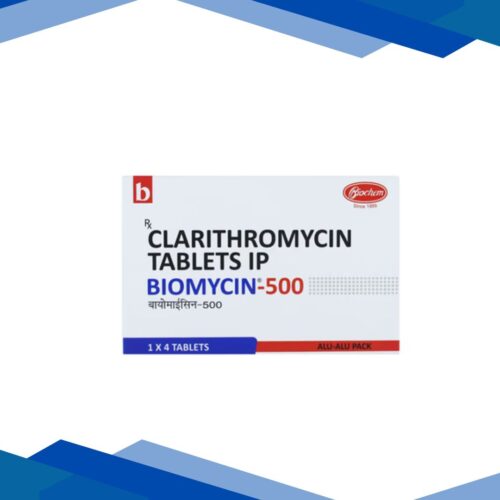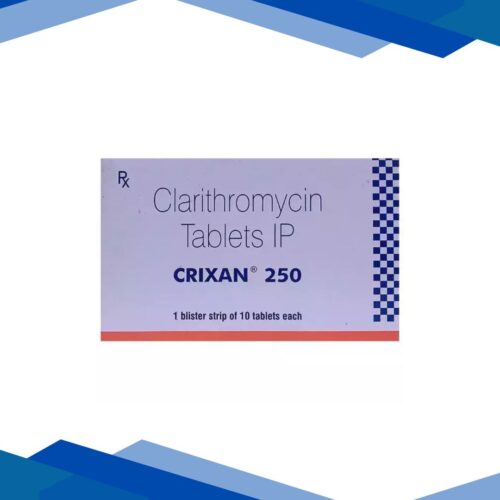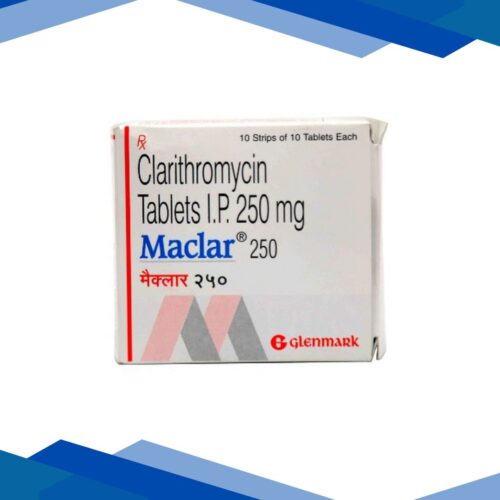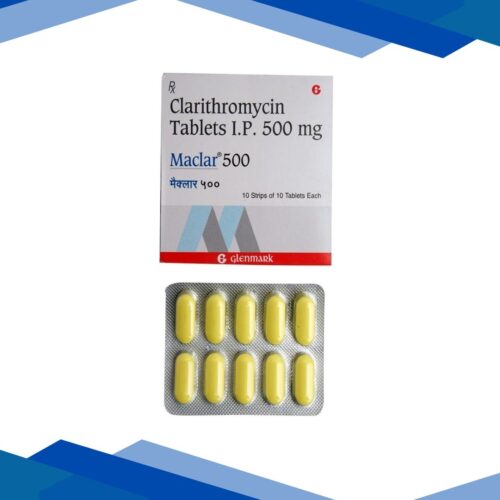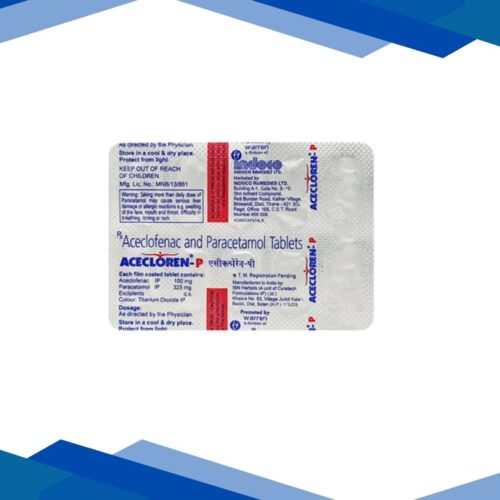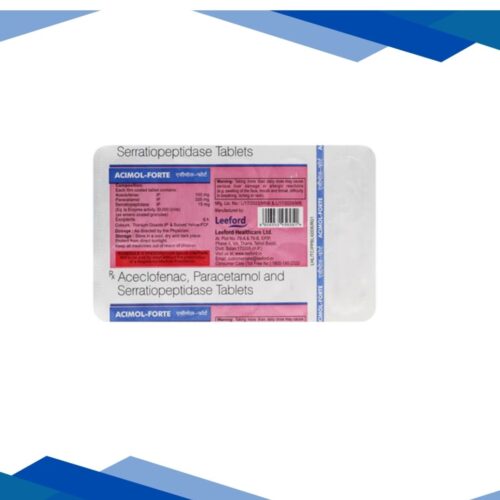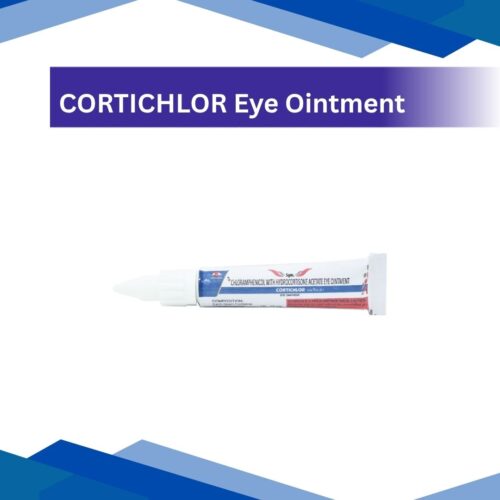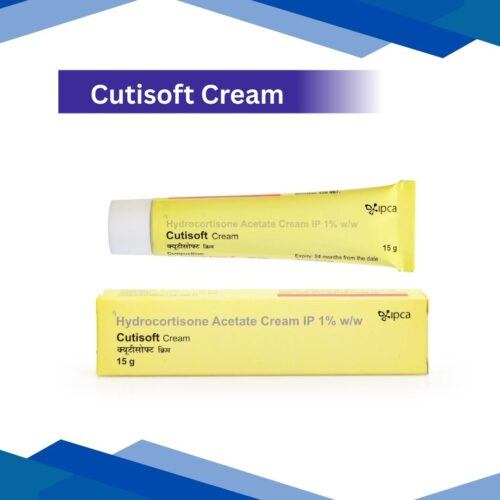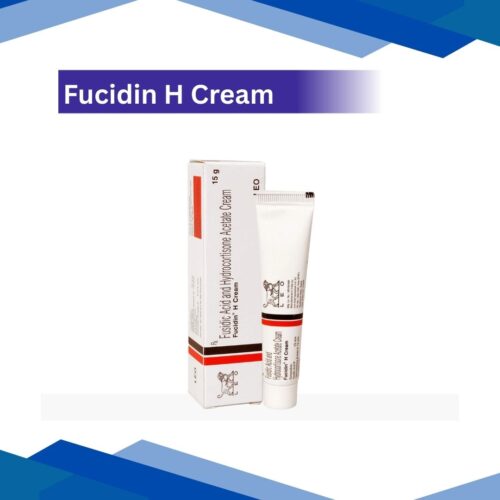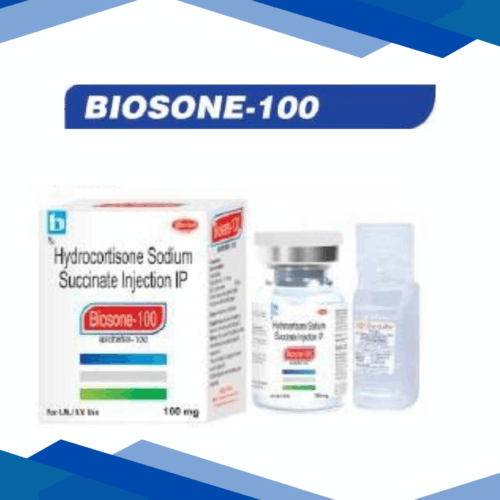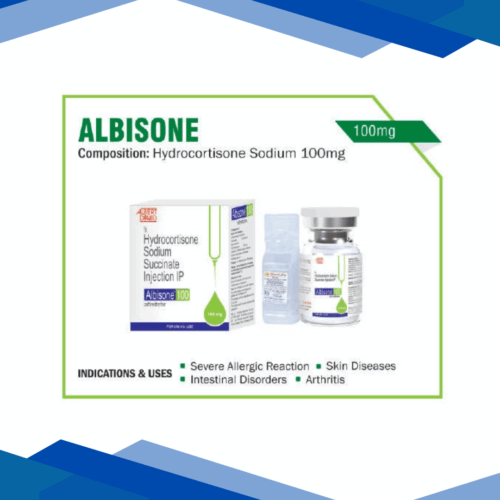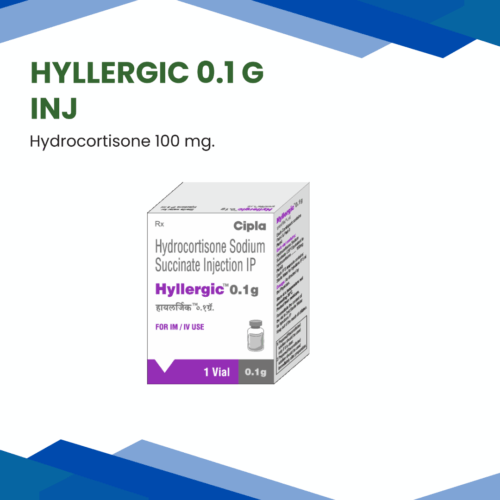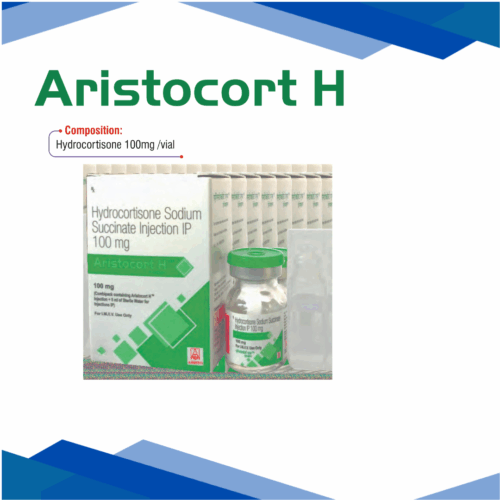HYDROCORTISONE
Overview
Hydrocortisone is to reduce swelling, redness, itching, and allergic reactions. It mimics a natural hormone made by your body called cortisol, which helps manage inflammation and stress responses. It’s used for many different conditions, from skin rashes to serious allergic reactions or hormone problems.
Classification
Corticosteroids
Uses
Hydrocortisone may be used to treat:
Skin problems like rashes, eczema, or allergies
Swelling and inflammation from injury or autoimmune diseases
Adrenal gland disorders (like Addison’s disease, where the body doesn’t make enough cortisol)
Severe allergic reactions, asthma, or joint pain
Bowel problems like ulcerative colitis or Crohn’s disease
How It Works
Hydrocortisone works by:
Calming the body’s immune response, so it doesn’t overreact and cause redness, swelling, or pain
Reducing inflammation and itching by mimicking natural cortisol
Helping restore hormone balance when your body isn’t making enough of its own cortisol
Dosage
As prescribed by your doctor.
Side effects
Side effects depend on the form (cream, tablet, injection) and how long it’s used. Some may include:
Skin thinning or irritation (with long-term cream use)
Upset stomach or nausea
Weight gain or puffiness (especially in face)
Increased appetite
Mood changes like anxiety or trouble sleeping
Higher risk of infections with long-term use
Precautions
Don’t stop using it suddenly if you’ve been on it for a long time—your body may need time to adjust
Long-term use can weaken bones or raise blood sugar
Let your doctor know if you have diabetes, infections, or high blood pressure
Use lowest effective dose for the shortest time needed
May not be suitable during pregnancy or breastfeeding without medical advice
Avoid using creams on broken or infected skin unless told by your doctor
Disclaimer
This content is for informational purposes only. Always consult a healthcare provider for medical advice and proper dosage

